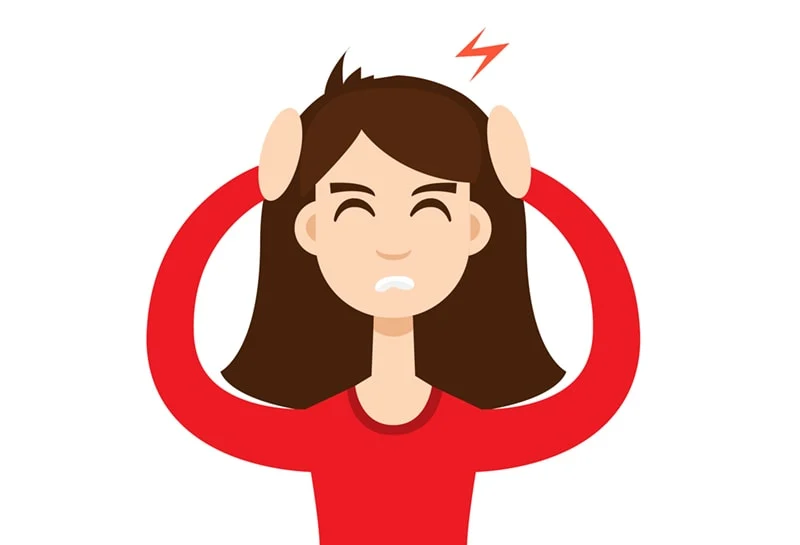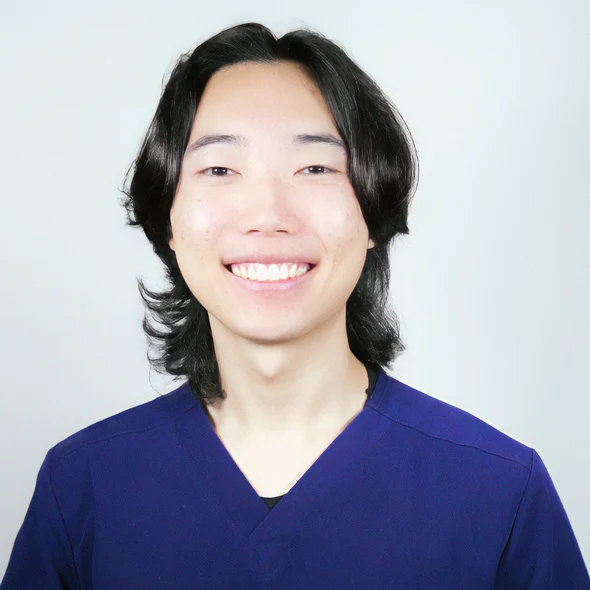What is Hyperbaric Oxygen Therapy?
A hyperbaric oxygen chamber uses a high-pressure environment to increase blood flow to specific areas of the body. This enhanced blood flow helps your body in several ways, as blood carries nutrients and molecules essential for healing damaged tissues.
Hyperbaric Oxygen Therapy (HBOT) is effective for a variety of conditions. It helps heal damaged tissues, stimulates blood vessel growth, reduces swelling, and boosts your body’s natural defense mechanisms. Due to these benefits, HBOT has gained widespread attention for its positive results.
What are Autoimmune Diseases?
Autoimmune diseases occur when your immune system mistakenly attacks your own body, failing to recognize its own cells as “normal.” Normally, the immune system helps protect the body from foreign invaders like bacteria and viruses. When it detects these harmful agents in the bloodstream or tissues, it sends cells to destroy them.
In autoimmune disorders, the immune system can’t differentiate between harmful invaders and the body’s own cells. Symptoms of autoimmune diseases can include fatigue, muscle aches, swelling, and redness, among others.
How can HBOT Help People with Autoimmune Diseases?
HBOT can be an effective treatment for autoimmune diseases because it strengthens your body’s ability to fight infections and manage inflammation. By increasing the oxygen levels in your bloodstream, HBOT delivers more oxygenated blood, which provides essential nutrients to heal damaged tissues.
Furthermore, HBOT helps combat infections caused by pathogens. These pathogens cannot survive in an environment rich in active oxygen, which is exactly what a hyperbaric chamber provides. By enhancing the body’s natural defense system, HBOT can alleviate the effects of autoimmune diseases, particularly those linked to inflammation.
Are There Any Side Effects?
Every individual’s body reacts differently to HBOT. Some common side effects include plugged ears, similar to the sensation you experience when on an airplane or climbing a mountain. This is a normal response as your body adjusts to the higher pressure, and the ears typically pop back to normal after the session.
You may also experience lightheadedness or dizziness, which is another usual reaction to the pressure change. These side effects typically subside shortly after the therapy.







